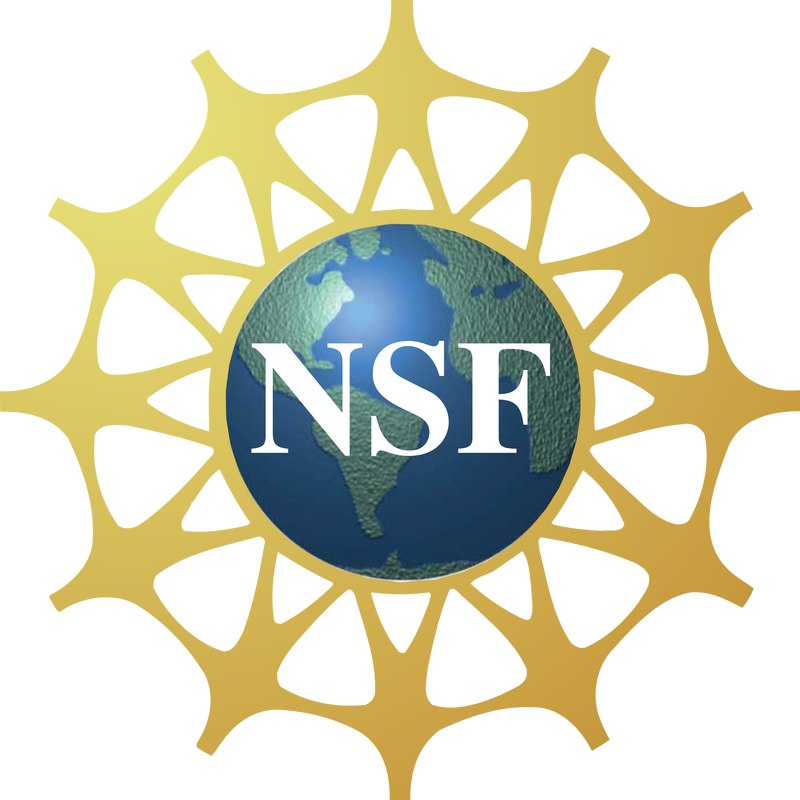What do the following specimens have in common?
Both were collected by U.S. veterans. In honor of Veterans Day, today we highlight two of the many influential botanists who served in the U.S. Armed Forces.
At the time when he collected the specimen on the left, Donovan Stewart Correll (1908-1983) was the head of the Botany Department of the Texas Research Foundation, where he and many collaborators authored the Manual of the Vascular Plants of Texas. Sixteen years earlier, however, his life had been much different. In 1943, he was exploring the cold, subarctic forests of Canada with the Alaska Military Highway Expedition. For two years afterward, he served as a gunnery officer for the U.S. Navy at the close of World War II. Don Correll never seemed to slow down--and neither did his wife, Dr. Helen B. Correll. The Drs. Correll cataloged orchids of Guatemala, aquatic plants in the southeast U.S., and the magnificent tropical flora of the Bahama Archipelago.
 Moran in the Field. Source: San Diego Natural History Museum 2009
Moran in the Field. Source: San Diego Natural History Museum 2009 The specimen on the right is only one of the over 30,000 collected by Reid Venable Moran (1916-2010), a world expert on the well-known succulent family, Crassulaceae. Moran enlisted in the U.S. Army Air Corps in 1942 and was promptly shot down over Yugoslavia--which gave him more time to do botany. After being rescued and while waiting in northern Africa to be shipped home, Moran collected African plants and visited the Botanical Garden and Laboratory at the University of Algiers. Like Correll, Moran was an active botanist and explorer for the rest of his life, making notable discoveries across Baja California and the many unique and threatened islands off the coast of California and Mexico. During his career, Moran worked at both the Santa Barbara Botanic Garden and the San Diego Natural History Museum, both of which are part of the California Phenology Network! Thousands of Moran's specimens--as well as many others--are being digitized through the California Phenology Network and made available online: cch2.org. His travels and those of thousands of other botanists are being preserved and disseminated through this digitization effort.
We are grateful for the service of these botanical leaders, both to science and to the United States.
We are grateful for the service of these botanical leaders, both to science and to the United States.
References / Further reading:
- Howard RA. 1994. The role of botanists during World War II in the Pacific Theatre. Botanical Review 60(2):197-257.
- JSTOR. "Reid Venable Moran" [Biography]
- Pegg J. 2010. Witty Botanist. Stanford Magazine
- San Diego Natural History Museum. 2009. "The field notes of Reid Moran"
- Schubert BG. 1984. Donovan Stewart Correll, 1908-1983. Economic Botany 38(1):134-136


